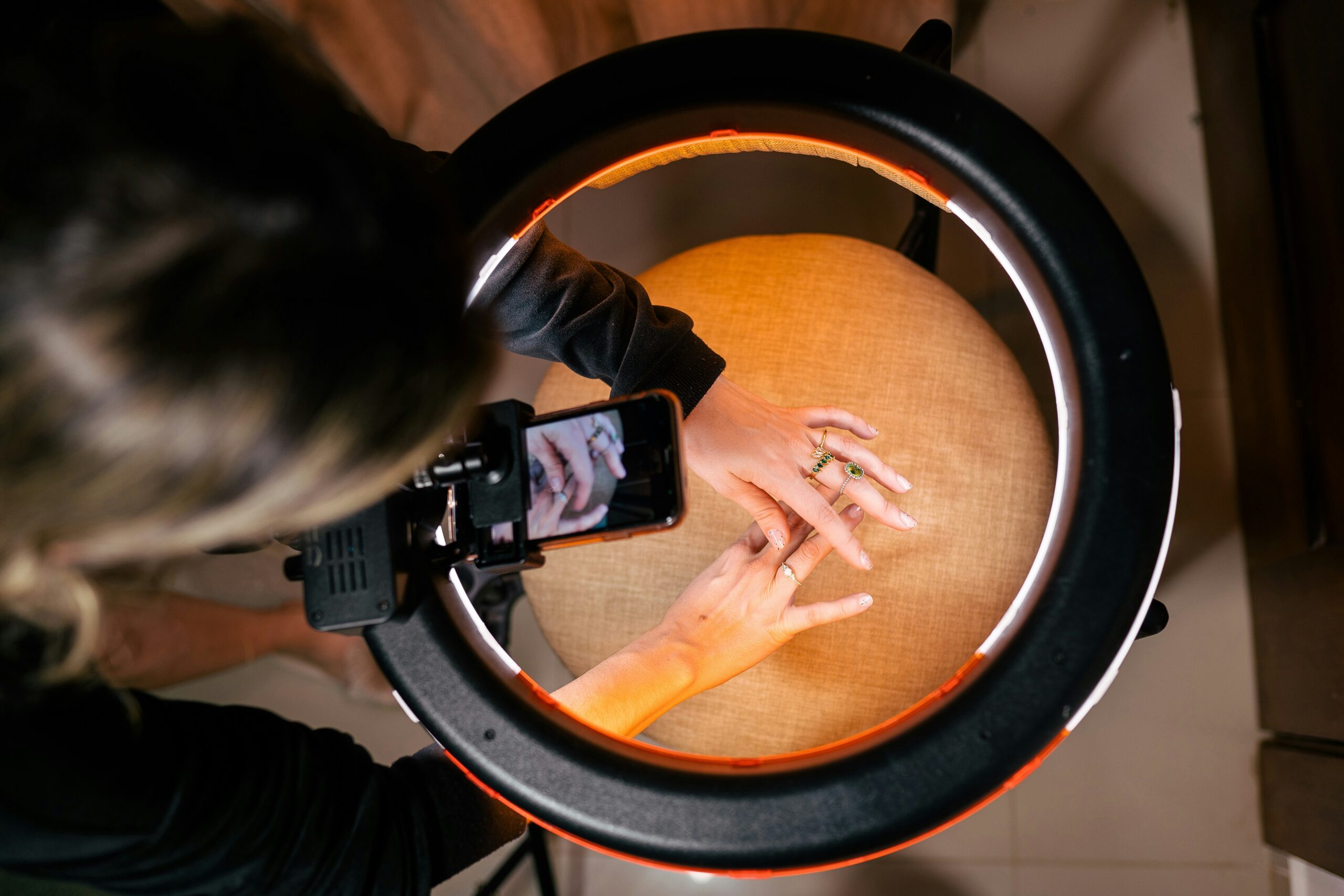
Why a Simple Spot Isn’t Always Simple
Most of us have glanced at a mole and wondered if it looked different from last month. While the naked eye can sometimes catch noticeable changes, many skin cancers start small and subtle. That’s where dermoscopy comes in—a non-invasive way of looking beneath the skin’s surface. Think of it as giving dermatologists a magnifying glass with superpowers, allowing them to detect invisible details.
The Power of Modern Dermoscopy Tools
Traditional dermoscopes already provide clarity, but advanced versions combine polarized light, digital imaging, and smartphone integration. These improvements don’t just sharpen what doctors see; they allow them to store, compare, and track images over time. A mole that looks harmless today might show slight shifts a few months later, and dermoscopy makes those changes crystal clear.
Spotting Patterns That Matter
One of the greatest strengths of advanced dermoscopy is its ability to reveal repeating visual patterns. For example, a “pigment network” might suggest a benign mole, while irregular streaks or blotches could raise red flags. These clues aren’t obvious without specialized imaging, but the patterns can mean the difference between early detection and a missed opportunity for dermatologists trained to read them.
When Technology Meets Human Expertise
It’s tempting to think machines can do all the work, but dermoscopy is most effective in skilled hands. Dermatologists often compare it to reading a map—technology provides the landmarks, but training teaches you how to navigate them. For instance, two spots might look nearly identical in shape and size, yet one reveals chaotic structures under dermoscopy. That’s where years of practice meet precision tools.
Examples From Everyday Practice
Imagine a patient in their 30s with a small freckle on the shoulder. To the naked eye, it looks ordinary. Under dermoscopy, however, subtle asymmetry and irregular coloring appear. A biopsy confirms early melanoma—caught at a stage where treatment is highly effective. On the other hand, a worried parent might bring in a child with multiple moles. Dermoscopy helps distinguish which are harmless growths and which need closer follow-up, sparing unnecessary biopsies while ensuring safety.
Beyond the Clinic: Digital Tracking for Peace of Mind
Advanced dermoscopy doesn’t end in the exam room. Many dermatologists now use digital dermoscopy systems to create mole maps—a full-body set of images that can be compared year after year. For patients with many moles or a family history of melanoma, this provides peace of mind. They can return for checkups knowing even subtle changes will be spotted, without relying on memory alone.
How Patients Benefit From Early Precision
The real win here is time. Skin cancers, especially melanomas, can grow quickly and become dangerous if not caught early. Dermoscopy helps shorten the gap between suspicion and diagnosis. Instead of waiting until a spot becomes clearly abnormal, doctors can act on earlier warning signs. This leads to fewer invasive procedures, less scarring, and better outcomes overall.
A Future That Looks Even Brighter
Looking ahead, artificial intelligence is being paired with dermoscopy to assist in diagnosis. While no computer can replace a dermatologist’s judgment, AI can serve as a second set of eyes, flagging areas worth closer attention. The goal isn’t to replace humans, but to add another layer of safety and accuracy. For patients, this means more confidence that nothing is overlooked.